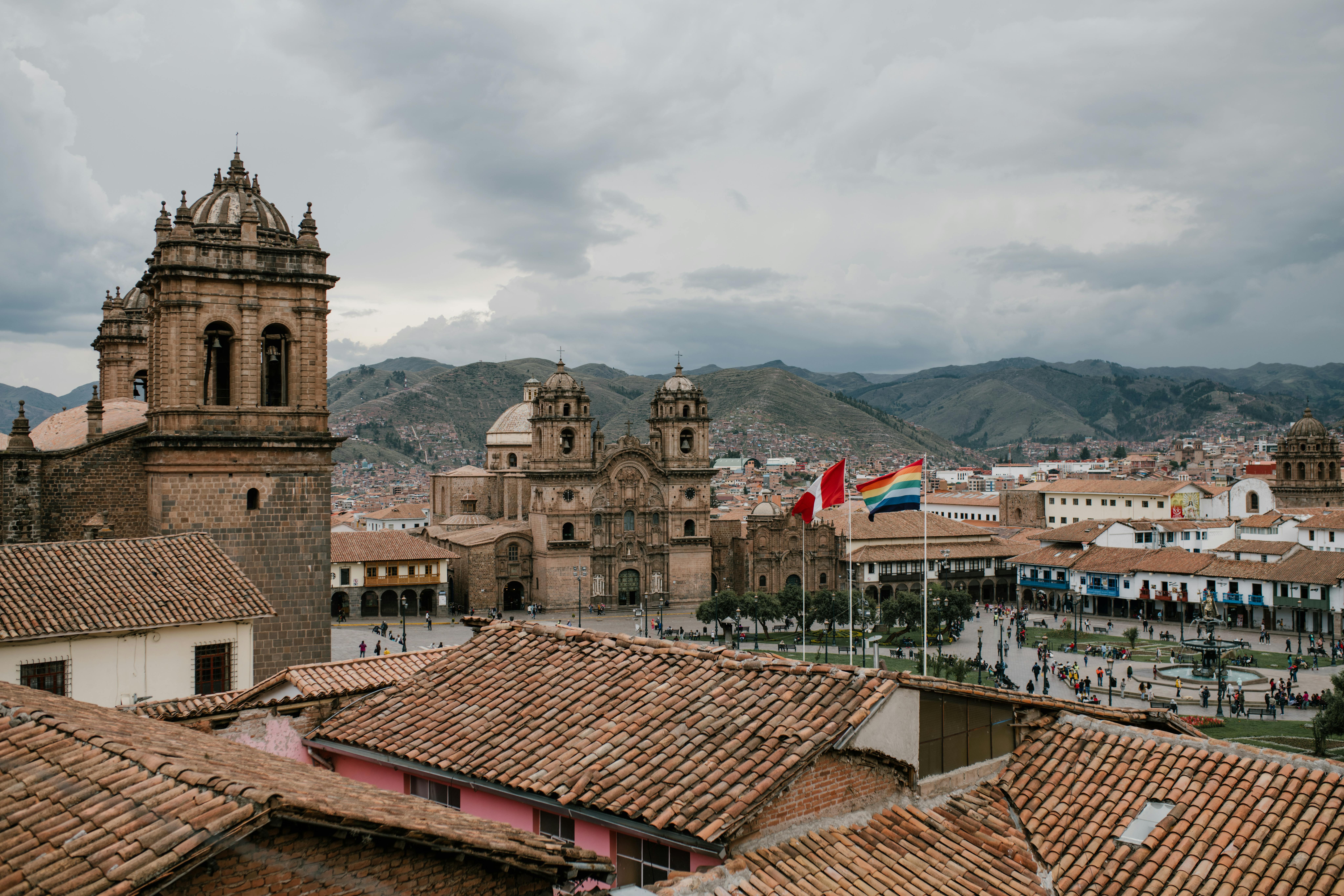Prps Jeans are high-end ‘super-denim’ denim products that are the culmination of decades of research and design in growing and shipping cotton; the weaving of cotton into denim and then the craftsmanship behind turning raw denim into a wearable product.
The cotton used in the creation of Prps clothing (pronounced as ‘PRPS’ or ‘Purpose’) is specially and organically grown in Africa. Specifically, countries like Uganda, Zimbabwe, and Benin are good regular sources. African cotton is chosen because Africa has a climate that is very favorable for cotton growth and the strength, versatility, and resilience that this gives to cultivated cotton. Once the cotton is fully grown and harvested, it is sent to Prps production plants in Japan.
Once the cotton arrives, it is woven into denim. This is done on old looms, looms that were used during the 1960s and before. Loom technology has changed since these times, and denim weaving has become much more efficient, being able to produce more denim with less cotton and be able to do it more consistently and with less waste. However, Prps believes that the end result of the old looms creates a much better denim. Inconsistencies, small tears and waste are part of the vision for Prps jeans of natural and non-mass production.
With the denim complete, the artists of the Prps jeans get to work. These artists are some of the best tailors in Japan, selected by the founder of Prps for their skill, wisdom, and ambition. Although jeans can follow the same basic patterns and cuts, no two pairs of Prps are identical. Every abrasion, cut, tear, stain, strain, bent button, broken fly, crease, crease, tear, dyeing, and wash are created by hand. No two Prps jeans are the same, and some don’t even come close. Each item goes through a very aggressive and rigorous aging and washing process. This creates an authentic looking product that truly represents the hard work that goes into every stage of production, from growing cotton.
Unfortunately, Prps has been the target of counterfeiters. These counterfeiters steal a basic cowboy design and attempt to reproduce it. Compared to genuine Prps, these fakes don’t have the love or care that all other pairs of jeans get in their production. The denim used is the cheapest that criminals can find, the people who create the jeans are usually low paid people who are used to mass production, quantity over quality. When counterfeits are produced by or for large organized criminal gangs, the factory workers are often children, paid only with a day’s food.
Fortunately for the savvy consumer, it is easy to spot and thus prevents replication of Prps jeans. There are some signs that counterfeiters will almost always get lost, and very few of which will get them all on every item. If you are looking for some Prps bargains, be sure to keep an eye out for the following signs; otherwise you will most likely end up with fakes.
- The logo The Prps logo is on a patch at the waist, usually on the back. This patch is always made of leather and has Prps printed in a bold and legible color. If the patch is not real leather (as if it has a cloth or plastic feel), then the item is fake.
- Waist adjusters The prps usually have waist adjusters so that the user can slightly alter the tension and fit of the garment. Fakes will often have this too, although they will be missing some vital details. First, check how well the studs stay fastened; if they come off accidentally or with little effort, then they are not real. The prps also use only two studs – if the jeans you are looking at have more or less, they are not real. The studs themselves will have ‘SELTEX’ engraved on them; if not, they are not real.
- Inside pocket The inside of the front pocket will be stamped with “PRPS” and the size of the pants. This will usually look lightly washed and will appear in a very strong and eye-catching typeface. If it is missing or not displayed in a strong font (for example, it is displayed in the same italic font as the waistband), it is likely not authentic.
- Prps tag The Prps tag follows a very different pattern. First, the label is printed on a dark beige / light brown label. The label has a slight wrinkle effect, highly visible but nothing too strong to alter the physical direction in which the label is placed. Towards the top of the label, near the printed ‘Prps’, there should be a pattern of red sun rays emanating from the top curve of the first P, the rays of which will form a rough triangle when they reach and stop at the edge . of the surrounding rectangle. If the rays go to the edge of the tag, or they are not present (maybe the pattern is something else, or a solid color block), then the jeans are not real.
This is by no means a definitive list. The most important thing you can do to protect yourself against this type of scammer is to buy only from a reputable, well-known and prominent store. Pay close attention to the price – everyone likes bargains, but if the price is too low, something is wrong. A low price does not represent the value of the genuine item and is therefore likely not authentic.
If you are the victim of buying a counterfeit Prps jean, you shouldn’t waste time reporting it to the authorities. Most of the fake clothing is created and sold by organized crime criminals; whose proceeds are often reinvested in other forms of crime. Not only will it be left out of your pocket, but you will have sponsored a crime and, to top it off, you will be left with a substandard product.
Prps is one of the most innovative and environmentally friendly design houses in the world, and their products are always (rightly) in demand. Protect yourself from unscrupulous people who feel they should profit immorally from someone else’s success and at your expense by learning to identify the differences between authentic and counterfeit products.


